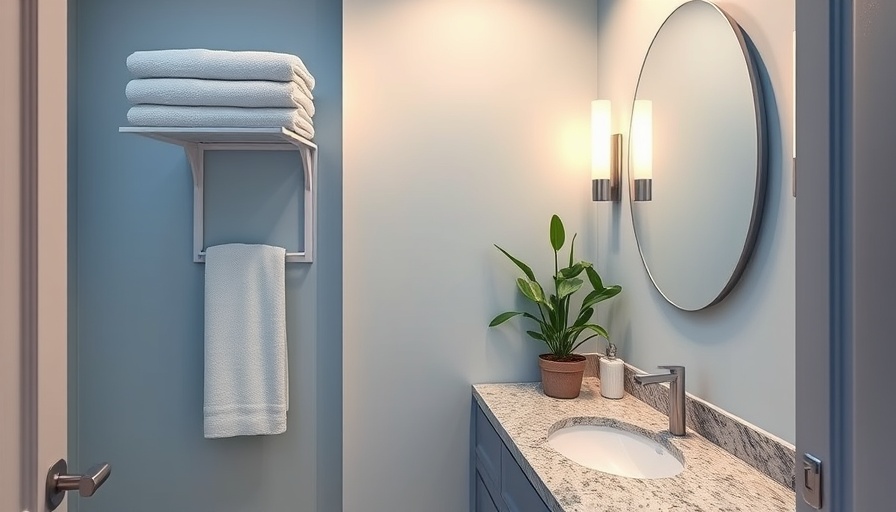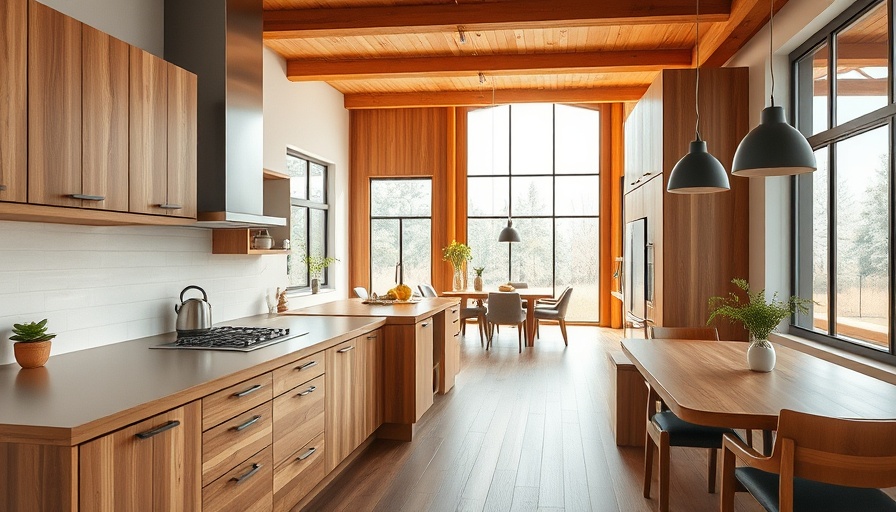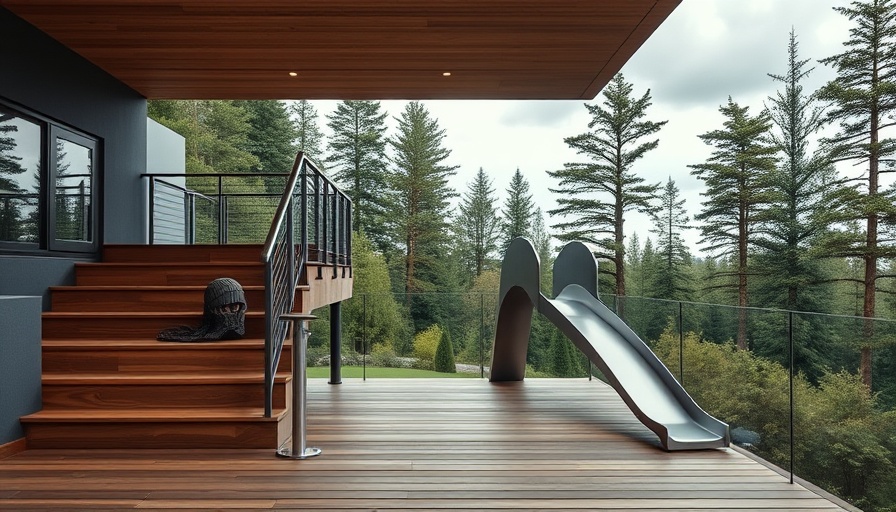
Transform Your Landscape: Embrace the Cool
As the sweltering heat of summer envelops us, it's important to consider how to create a cooler outdoor environment. Designing a landscape that mitigates the discomfort of rising temperatures can impact not only your comfort level but also your enjoyment of outdoor spaces. Whether you're aiming for an oasis to escape the heat or planning for a space that’s pleasant all year round, effective landscape design holds the key.
Understanding Your Garden
Cooling your landscape begins with understanding its unique characteristics. Homeowners can embark on this journey of exploration by observing their space for microclimates. It’s easy to forget that not all areas of your garden receive sunlight equally; some spots might be sweltering during the day while others could be pleasantly shaded.
To properly gauge the sun's movement, consider taking a series of photographs throughout the day. This simple exercise allows you to capture how the light and shadows change, helping you visualize where heat accumulates. Alternatively, for more complex layouts—like those with multiple structures or varying elevations—hiring a landscape professional can provide expert insights on creating a cooler atmosphere.
Strategies to Maximize Shade
One of the primary strategies for cooling your yard is maximizing shade. Permanent structures such as pergolas or awnings can provide significant shade, ensuring that your outdoor living spaces remain comfortable even during the hottest parts of the day. Identify spots where you gather, whether adjacent to your pool, barbecue area, or even a quiet nook for reading, and consider installing these structures.
Moreover, plant selection plays a crucial role. Use trees and large shrubs strategically not only to provide shade but to foster a cooling microenvironment by blocking the hot afternoon sun. The right plants can also improve your garden’s aesthetic appeal, contributing to a lush and welcoming atmosphere.
Light-Colored Materials for Airflow
While shade is vital, other elements also contribute to landscape cooling. Utilizing light-colored materials can help reflect sunlight rather than absorb it. For example, opting for light-toned pathways or patios can significantly reduce local heat. Additionally, ensure you’ve planted ground cover around hardscapes to facilitate airflow and reduce heat retention.
The Power of Airflow
Incorporating features that enable airflow throughout your space is another essential factor. This can include strategically placing plants to act as windbreaks or utilizing features like water elements to create a cooling effect. Fountains, ponds, or even simple bird baths can not only cool the area temperature but add a refreshing visual aspect to your garden. These features play a dual role, serving as focal points and enhancing your outdoor experience.
A Thoughtful Design for Lasting Impact
Ultimately, achieving a cooler landscape involves a thoughtful approach to design, one that considers elements such as sun exposure, shade provision, and airflow. As you embark on this creative journey, remember that your landscape will evolve—that’s the beauty of nature. Careful planning will set you on the right path toward creating the ideal outdoor sanctuary for those hot summer days.
Let Us Design, Plan & Build Your Next Home or Remodel
If you’re ready to transform your landscape into a cooling retreat, don’t hesitate to reach out. Our team specializes in crafting beautiful, functional outdoor spaces that meet the needs of today’s homeowners. Call 831-521-7729 for a consultation.
 Add Row
Add Row  Add
Add 




Write A Comment